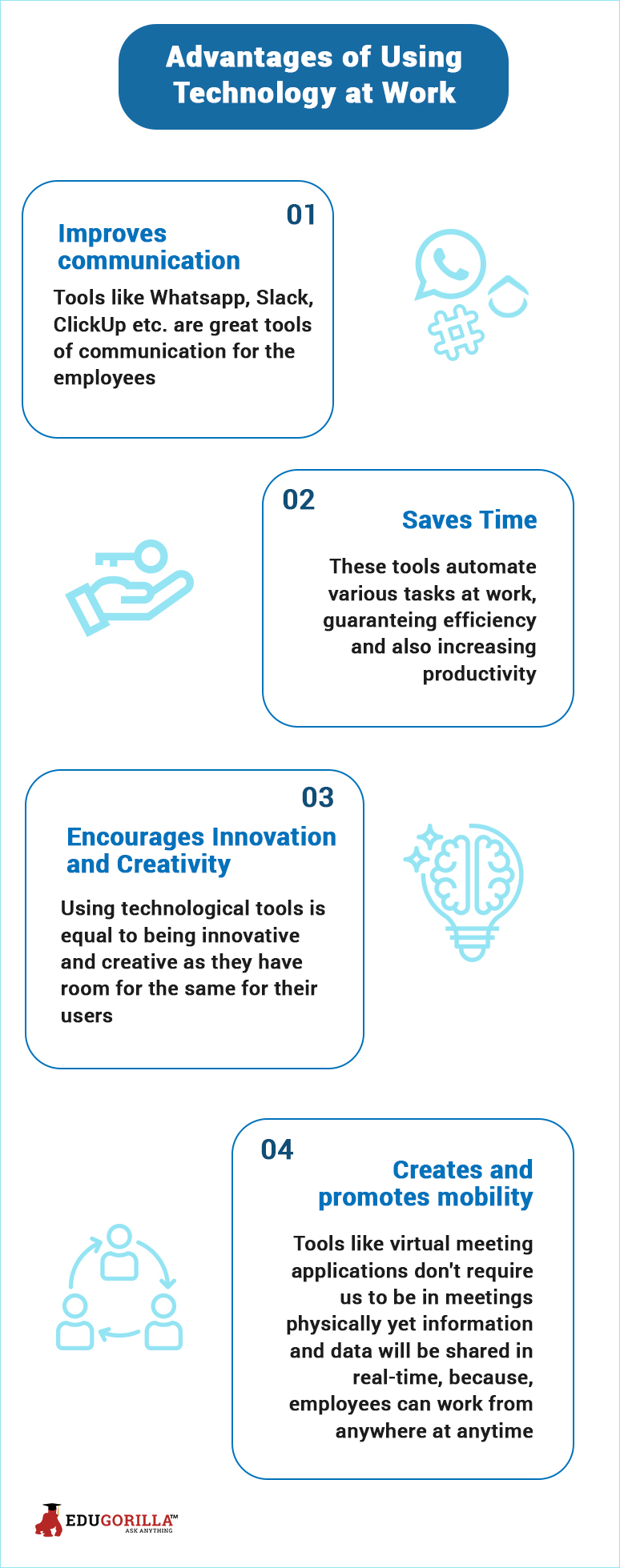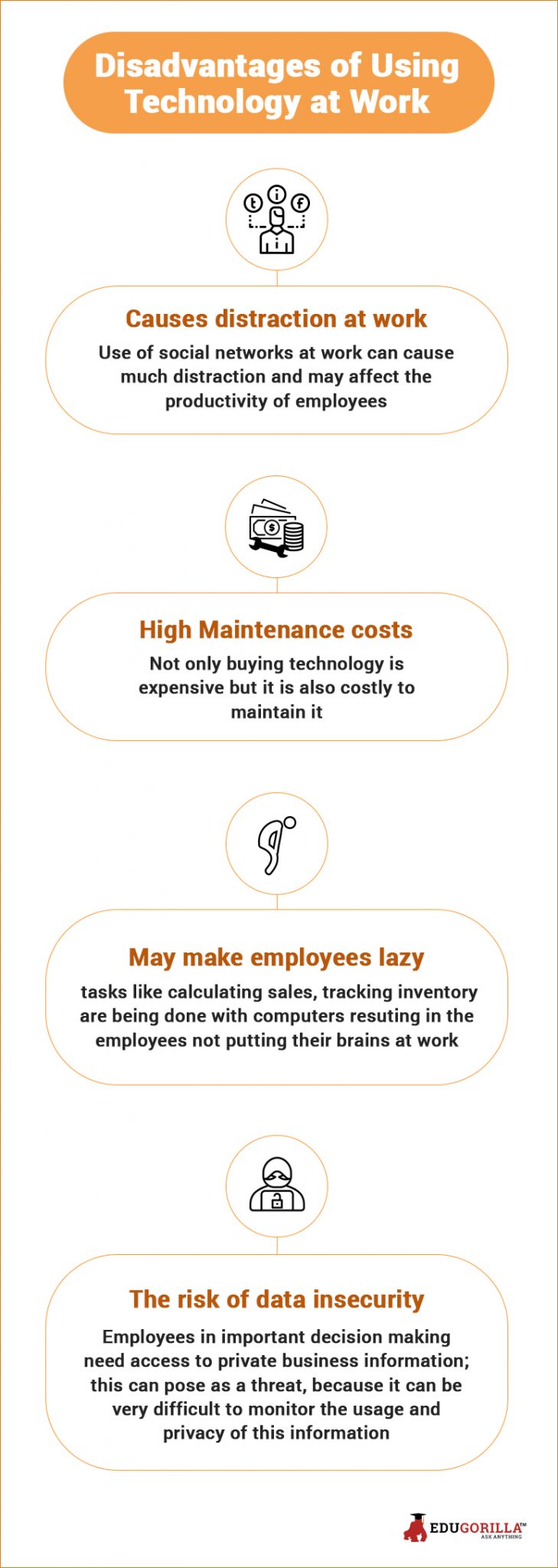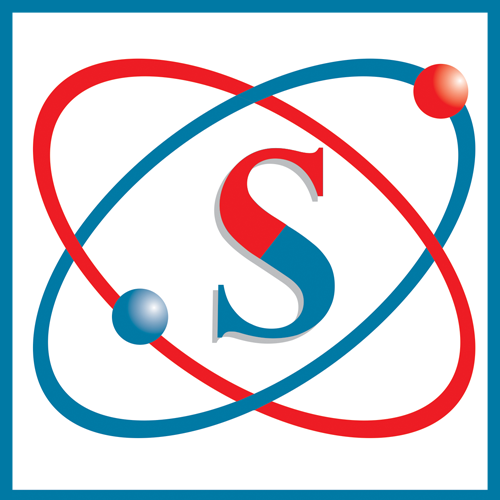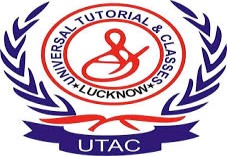The Information Age has done much to alter the way we educate our young people – and, indeed, our older people. Thanks to the increasing attention focused on lifelong learning! It has presented opportunities that were unimaginable before the internet’s expansion around the globe. At the same time, advances in technology have led to positive disruption in a vast range of businesses and industries. Consequently, we have developed habits more and more, for using technology at work. Below, we look at translation services as examples of this and consider why academic learning alone is no longer sufficient to prepare our young people for the world of work.
Access to information
The sheer volume of information available to those studying these days is staggering. Just 25-30 years ago, information came mainly from books. Encyclopedias and libraries played a key role in preparing students academically for the world of work. Meanwhile, trade skills were taught almost exclusively in person, whether at a college or as part of an apprenticeship. Presently, a quick Google search can produce anything from sample essays, research papers to videos on building a house. It’s so effortless that even kids can use!
With so much information available, we are still working out the best way to use it in educational settings. Worse, we do this without either patronizing learners or overwhelming them. This is helping to drive up standards in many establishments, as is the quality of the materials available. Modern learners, for example, can access courses online from some of the world’s leading universities for free. And these courses include those run by Massachusetts Institute of Technology (MIT) and Harvard.
The proliferation of technology
Nowadays, the world knows the Information Age by the name of the Digital Age, and for good reason. The spread of technology over the past couple of decades has increased rapidly, as we race ever closer to the technological singularity. Though, current projections place this as happening somewhere around 2040-2050.
We’re already printing everything from medical supplies to houses. Also, many of our children are using touchscreens and voice search effortlessly, before they can even write their own names.
The efficiencies that the use of technology can achieve in the workplace are well documented. Ever since Henry Ford introduced the first moving assembly line in 1913, the way we prepare people for work has had to adapt. And, this doesn’t just mean finding careers that robots won’t usurp! Though, the car industry is an excellent example of how quickly this can take place. Instead, it means working with technology to harness its power and build that into a portfolio of useful skills.
This is an ongoing process – after all, technology doesn’t stop progressing the moment that a student leaves school or college. Instead, former learners must continue their technical education in the workplace so that their skills remain relevant and in demand.
Working example – the translation sector
The translation sector is a well-established example of this. Language translation used to be all about completing a degree (or equivalent qualification) in the language in question. The focus was almost exclusively on academic knowledge of the language.
Fluency in two or more languages is still essential for those providing translation and interpreter services. Still, there’s a need for translation professionals to be up to speed in terms of their digital skills.
Therefore, someone who has a 100 word per minute touch-typing speed, for example, will be significantly faster at translating documents. Contrast it with one who uses just two fingers to plod away at his/her keyboard. Equally, those who are familiar with computer-assisted translation (CAT) tools (which essentially help translators to work faster by managing and storing snippets of text), will offer greater value to any translation agency that they apply to than those who don’t.
This means that even the most linguistically talented student needs to learn additional skills to work as a professional translator. And this he/she will be able to achieve after finishing his/her education. It is no longer advisable for learners to try and provide professional translation services without first harnessing the latest technology.
Even once they work for a translation company, this embracing of technology needs to continue. This is particularly true for the translation sector, where many individuals work in a freelance capacity, serving the needs or one or more translation agencies. Competition can be fierce, so those who work fastest and with the greatest degree of accuracy – both of which can be aided by technology – will likely carve out the most successful careers.
Conclusion
Of course, the application of modern technology changes from sector to sector and company to company, so students will need to consider their desired career path in order to know which particular technologies they need to embrace. What is true of almost all sectors, though, is that learning which doesn’t include keeping abreast of technology means that our young people’s chances are diminished before they even enter the working world.
You Might Want To Read:
Help Desk Software, Chanakya Ias Academy Prayagraj Allahabad, Mba After 16 Years, Class 12 Political Science Question Paper 1 2014, Ugc Net Oriya Mock Test Paper 4, R P S C Assistance Agriculture Officer Question Paper 2 2014, Start A Business, Delhi University M A English 2Nd Year Mock Test Paper 1, Ugc Net Indian Culture Question Paper 2 2008, Ugc Net Mass Communication Question Paper 3 2014
Leave your vote
This post was created with our nice and easy submission form. Create your post!












Like what you read? Give author a thumbs up?
Bookmark this article to read later, drop a remark in comment section and share with your friends..